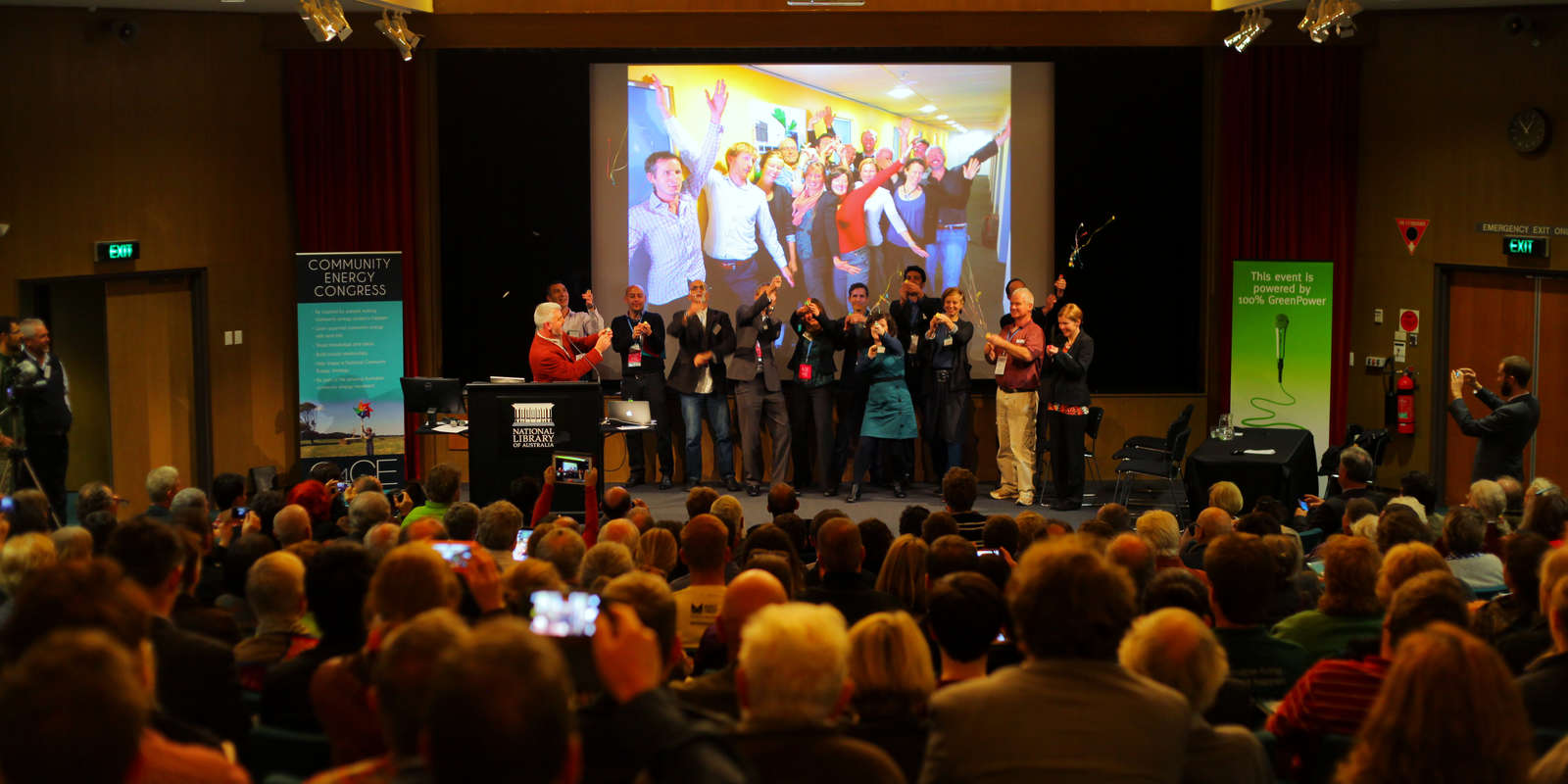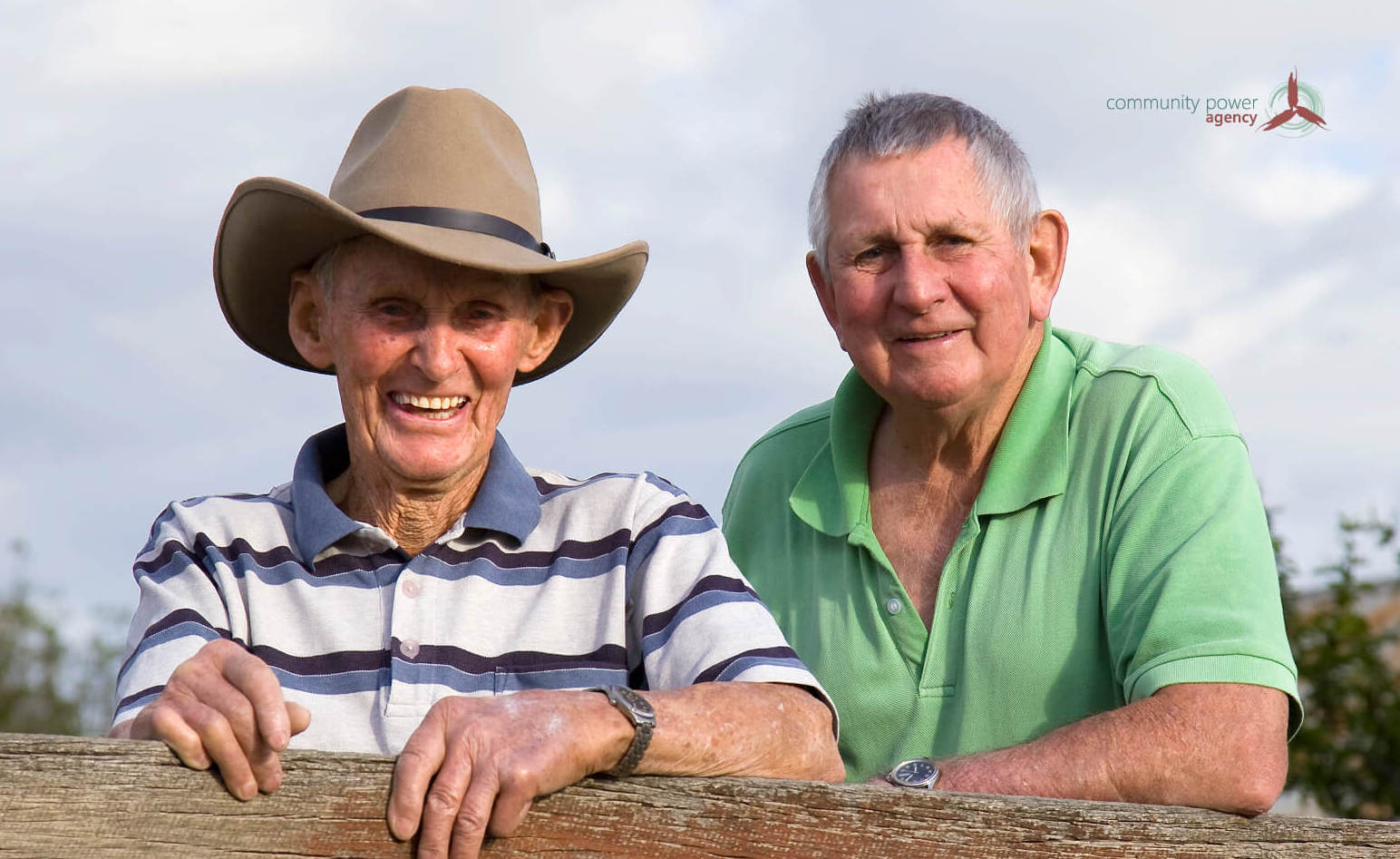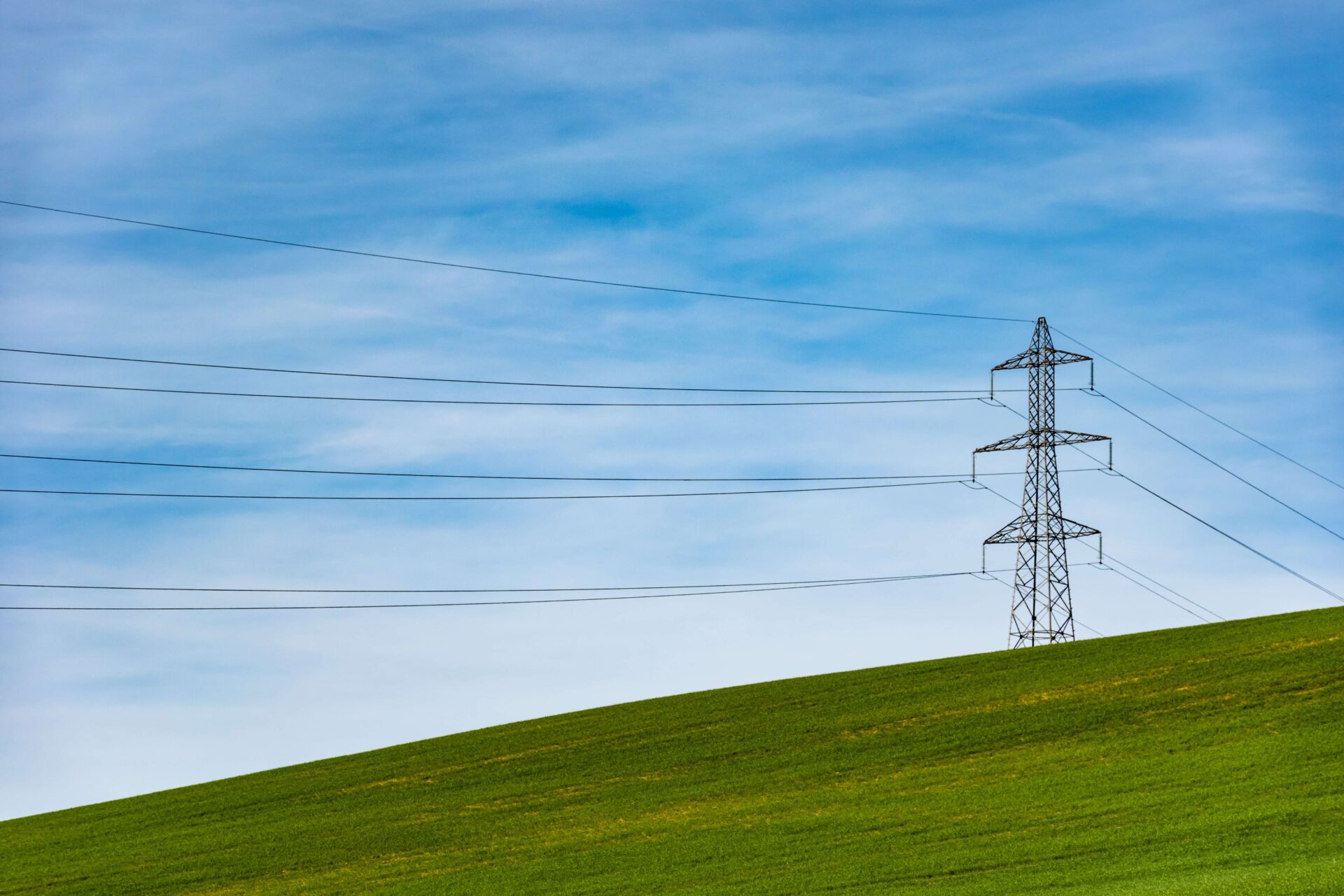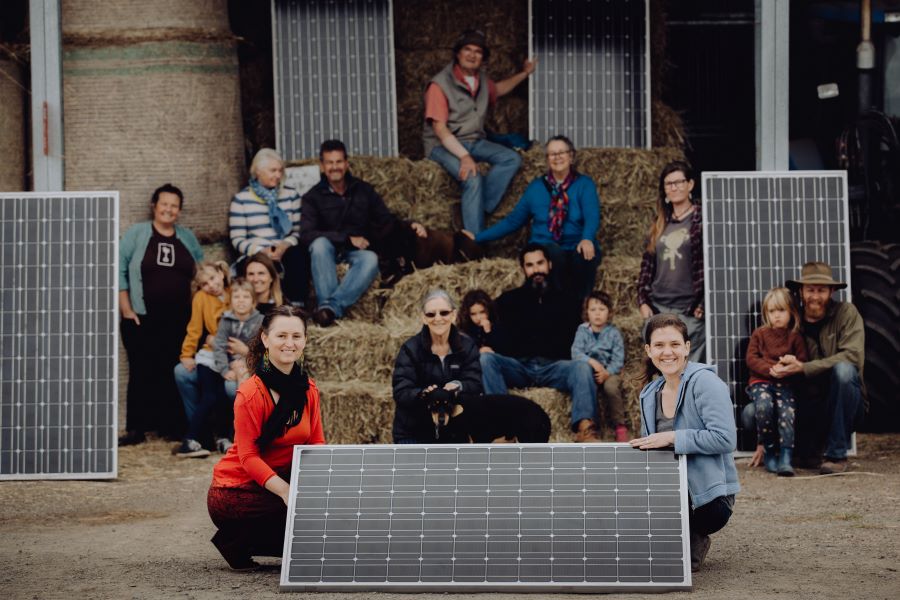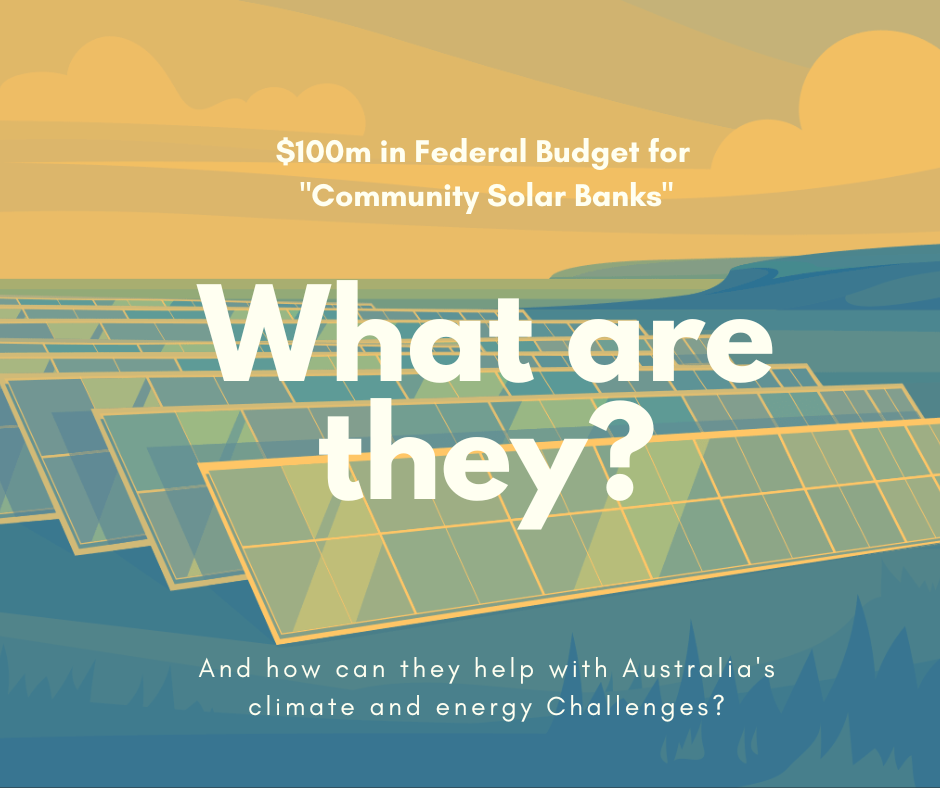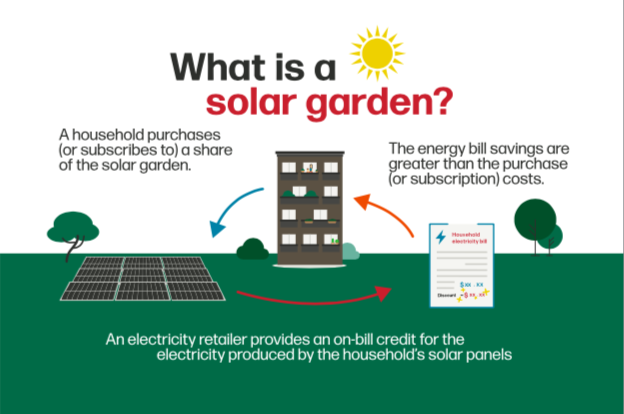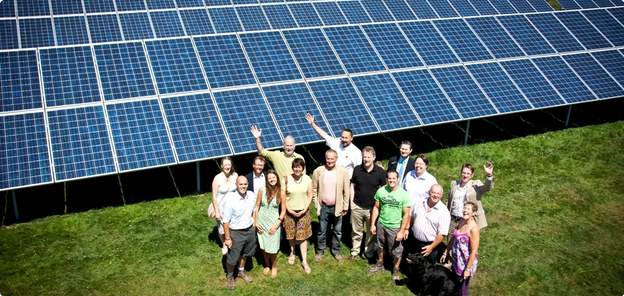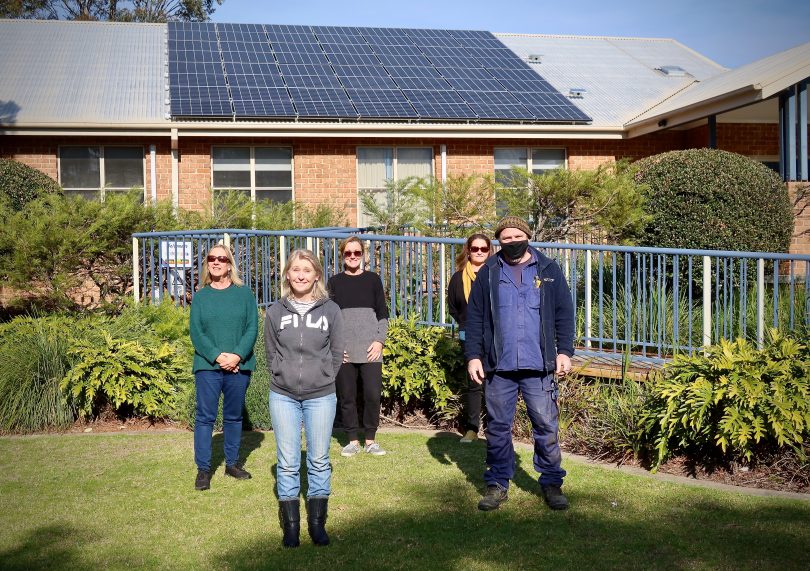Over the past decade, regions across Australia have experienced weather events of increasing intensity and frequency. These weather events put pressure on our essential infrastructure such as gas, electricity and water. Climate extremes can also impact our social, economic and emotional wellbeing of communities. Communities who have their basic energy needs met will be better able to respond to these additional challenges. That is why the Community Power Agency has teamed up the Energy Innovation Cooperative to deliver a how-to guide on Resilient Energy Centres (RECs).
What is a Resilient Energy Centre (REC)?
A REC is a building that has been equipped with a backup energy system so that it is energy independent in the case of a region being cut off from the main electricity grid. Possible functions of the RECs might be that it is a space for resilience planning and an energy resource for response and recovery. However, ultimately the local communities who are leading on the development of these centres should determine their use, in conjunction with key stakeholders. That way, RECs can be fit for purpose and meet the needs of the community. Importantly, RECs are not a place of refuge, emergency relief or a place of last resort. Those places are specific and managed by state and local authorities trained and resourced to operate them.
Key points of our how-to guide
We walk you through the a-z of developing a REC.
- First things first, community engagement.
A REC should be fit for purpose and reflect the needs and values of the community. Our guide walks you through the principles of community engagement and strategies to help garner community feedback, including sample survey questions.
- How to identify potential locations for resilient energy centres
Every community is different, so we point you in the direction of the people who can help you assess potential locations for a REC. In some cases, you might be able to utilise an existing facility. We detail some considerations that should be given such as accessibility, safety, building requirements and key questions to ask energy system installers.
- How to establish an organisational structure
Whether you’ve found a host, or you’re building from scratch, you will need to establish an organisational structure to manage the REC. This could be an existing organisation in the community. Or perhaps you might need to establish a new organisation. Our guide walks you through some of the most relevant considerations, such as; organisational structures, the pros and cons of registering with the Australian Charities and Not-forprofits Commission and how you can manage ongoing operations.
- Tech support
Locking in an installer as early as possible is key. As licensed electricians, they should be able to advise on what technologies or equipment is appropriate for your installation and suggest options for what to choose. Be sure to check out our guide to be across all the most common technologies that are relevant to RECs such as batteries, generators, and the electricity demand of different devices.
- Case studies
We explore case studies from the Upper Kiewa Valley in Victoria and the coastal town of Moruya and the Hawkesbury region in New South Wales. All REC developments should be approached on a case-by-case basis, and these examples illustrate how different they can be. Each case study explains the type of REC that was developed, funding, lessons learned during the process and community outcomes.
- How to fund RECs
There are commonly three stages of funding required: feasibility or early community engagement; capital expenditure and installation; and ongoing community activities and system maintenance. There are many different avenues to explore when trying to source this funding. Our guide explores common sources such as crowdfunding, philanthropy, government and private grants, and gifted equipment.
- How to determine roles and enable organisations
Developing a REC requires many different people and organisations taking on clear roles to contribute to the project’s development and success. Whilst the strength of RECs is that generally they are community led, staff and volunteers from other agencies are available for support, contacts and technical advice. Our guide can help you divide and conquer.
